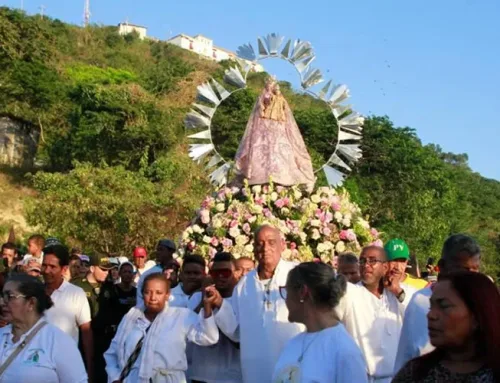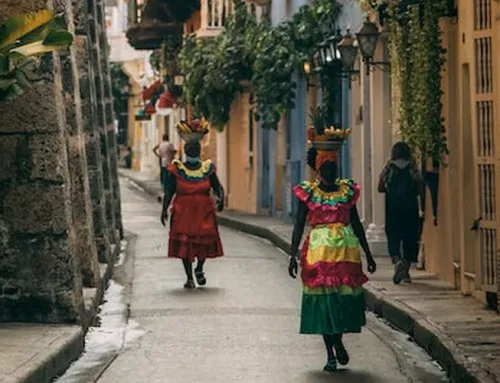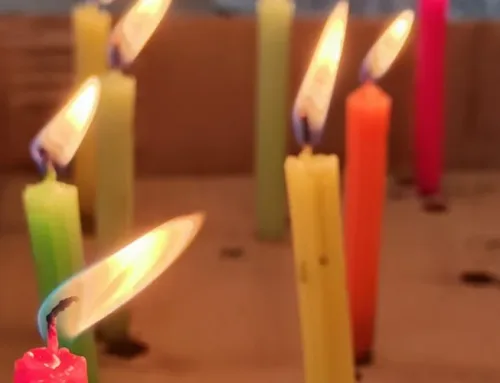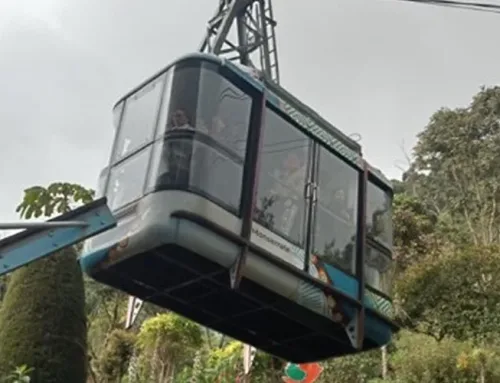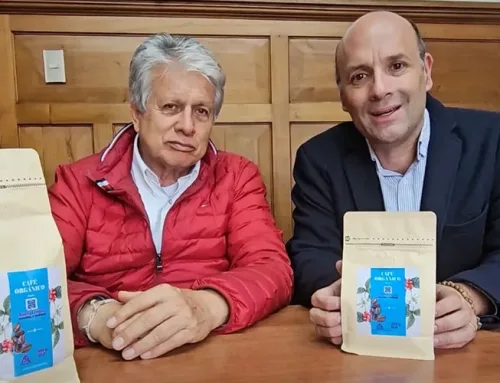The Fort of San Felipe de Barajas is a fortification located in the city of Cartagena de Indias and is positioned at the top of the hill named San Lázaro. This The work of military engineering has more than 160 years of work, but it was always in the process of improvement and perfection. Its characterization is actually technically that of a fort, however, the main association of "castle" occurs due to the medieval tactical value that it fulfilled in terms of the defense of Cartagena de Indias. To become what it is now , the San Felipe fort went through various periods and reforms according to the needs of the time.
At the top of the San Lázaro hill was the site designed to build the San Felipe fort. This hill takes its name because at its foot, for a time, the San Lázaro hospital (the lazaretto of Cartagena de Indias) was located. This hospital was established in this place long before it served as a base for the castle and even after the first works for San Felipe had been completed.
The construction project of the San Felipe de Barajas fort was proposed in 1639 by the then governor Melchor Aguilera, based on the possible risk that the unoccupied hill in front of the Media Luna gate represented for the city, because it exceeded the walls in height and could be used against it if it were occupied. by enemies. The project was discarded multiple times until the arrival of Pedro Zapata, who in the letter of August 19, 1656 addressed to Philip IV insisted on the strategic importance of the place and the need to secure the hill.
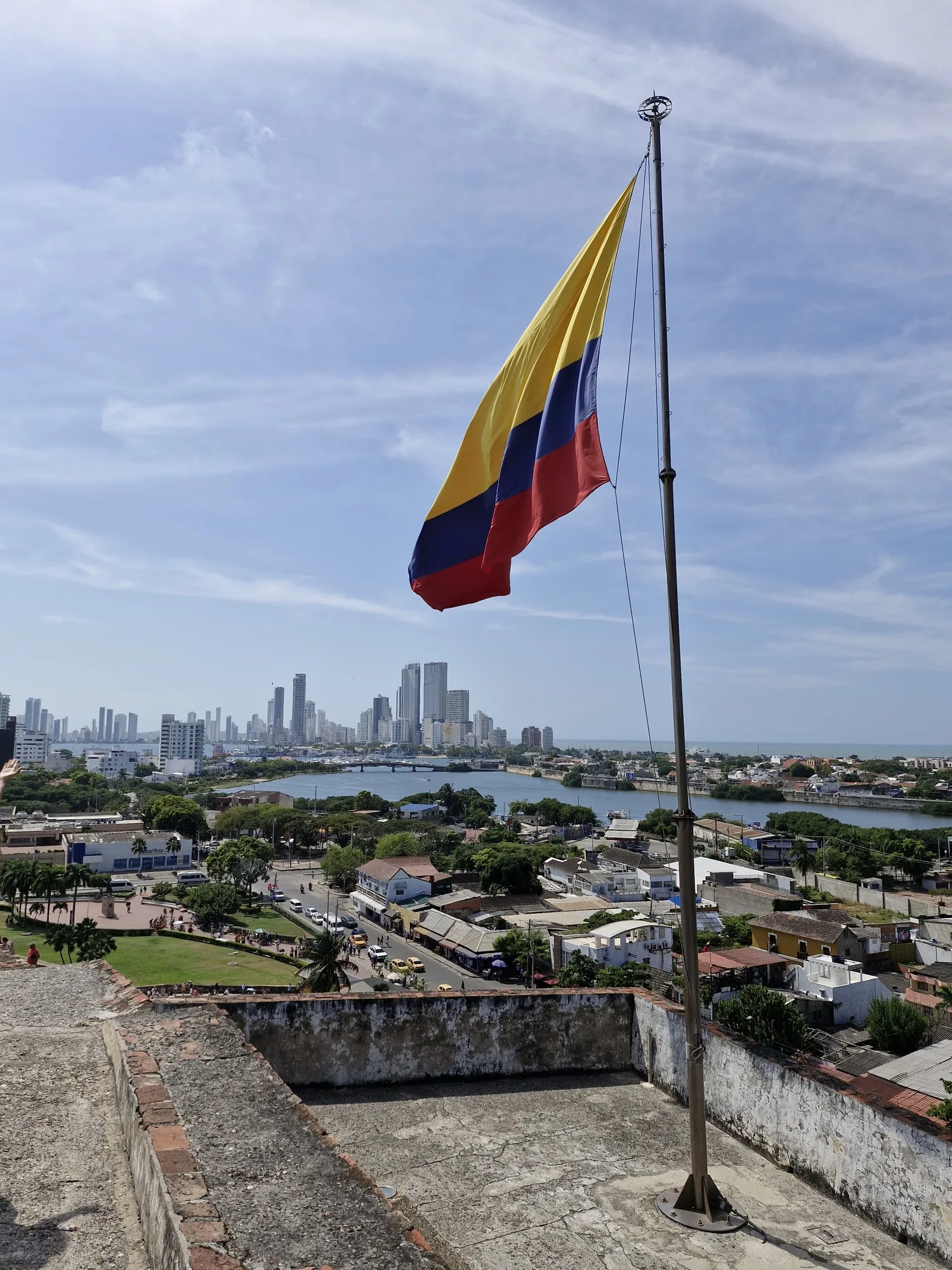
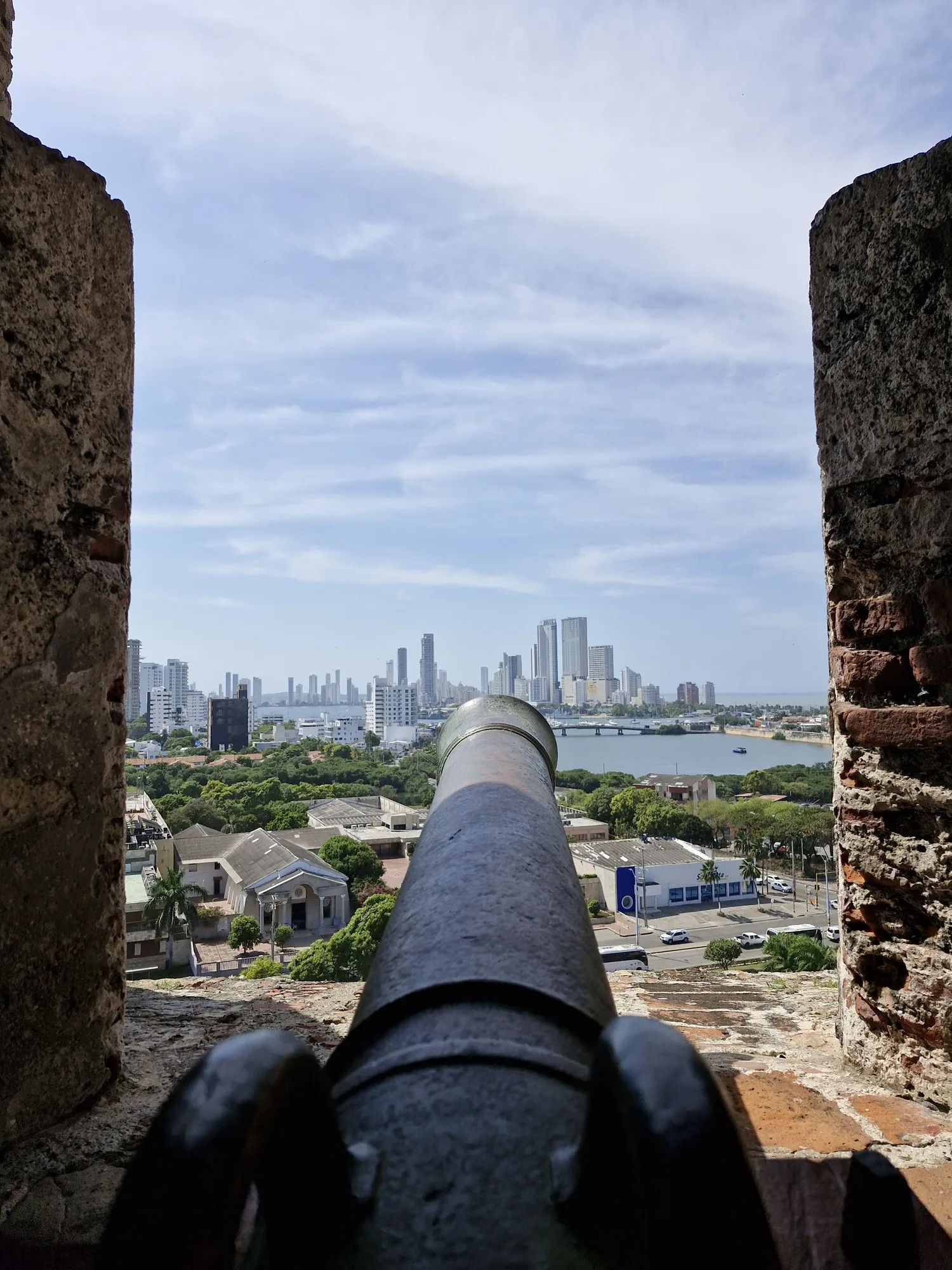
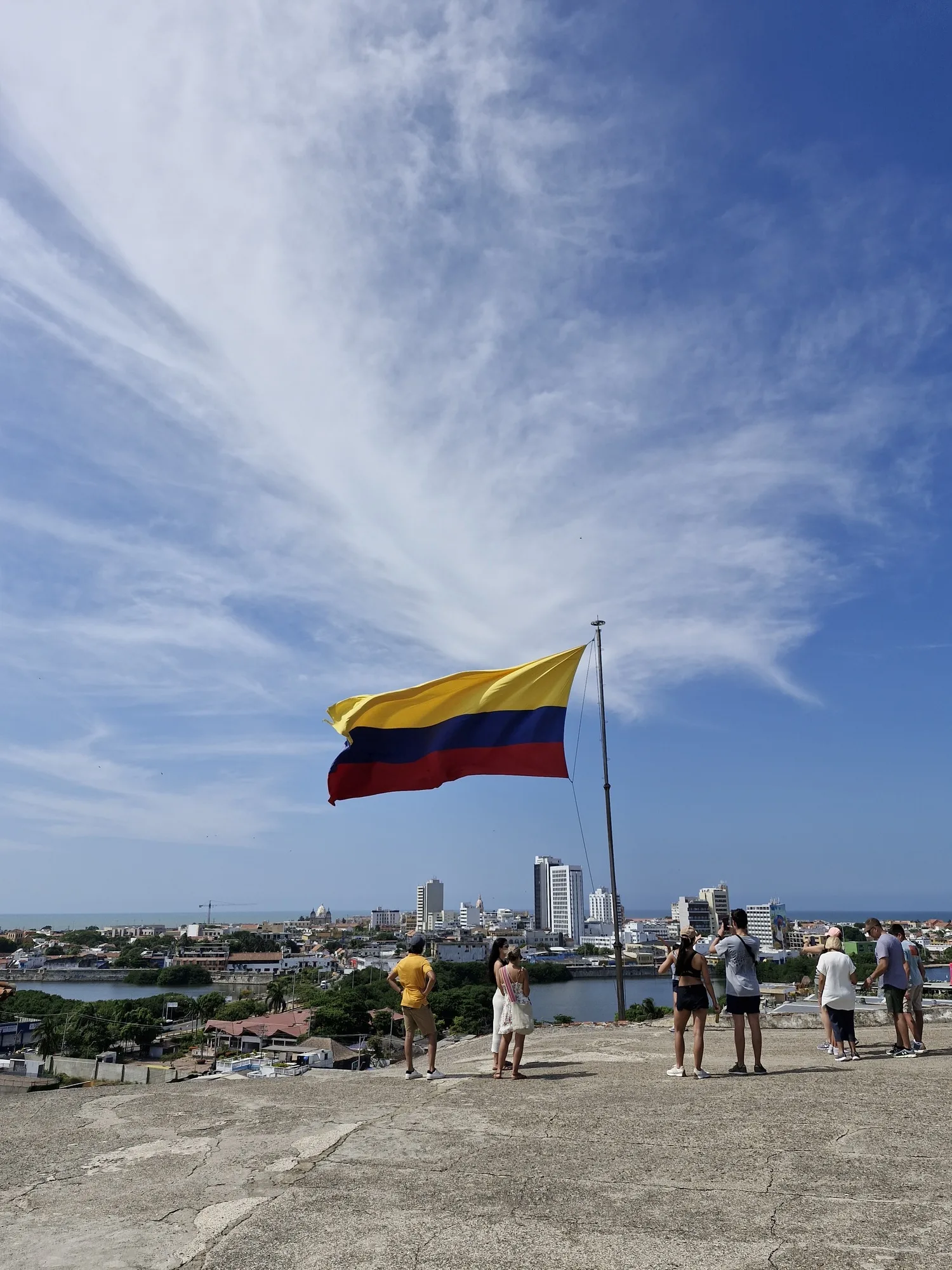
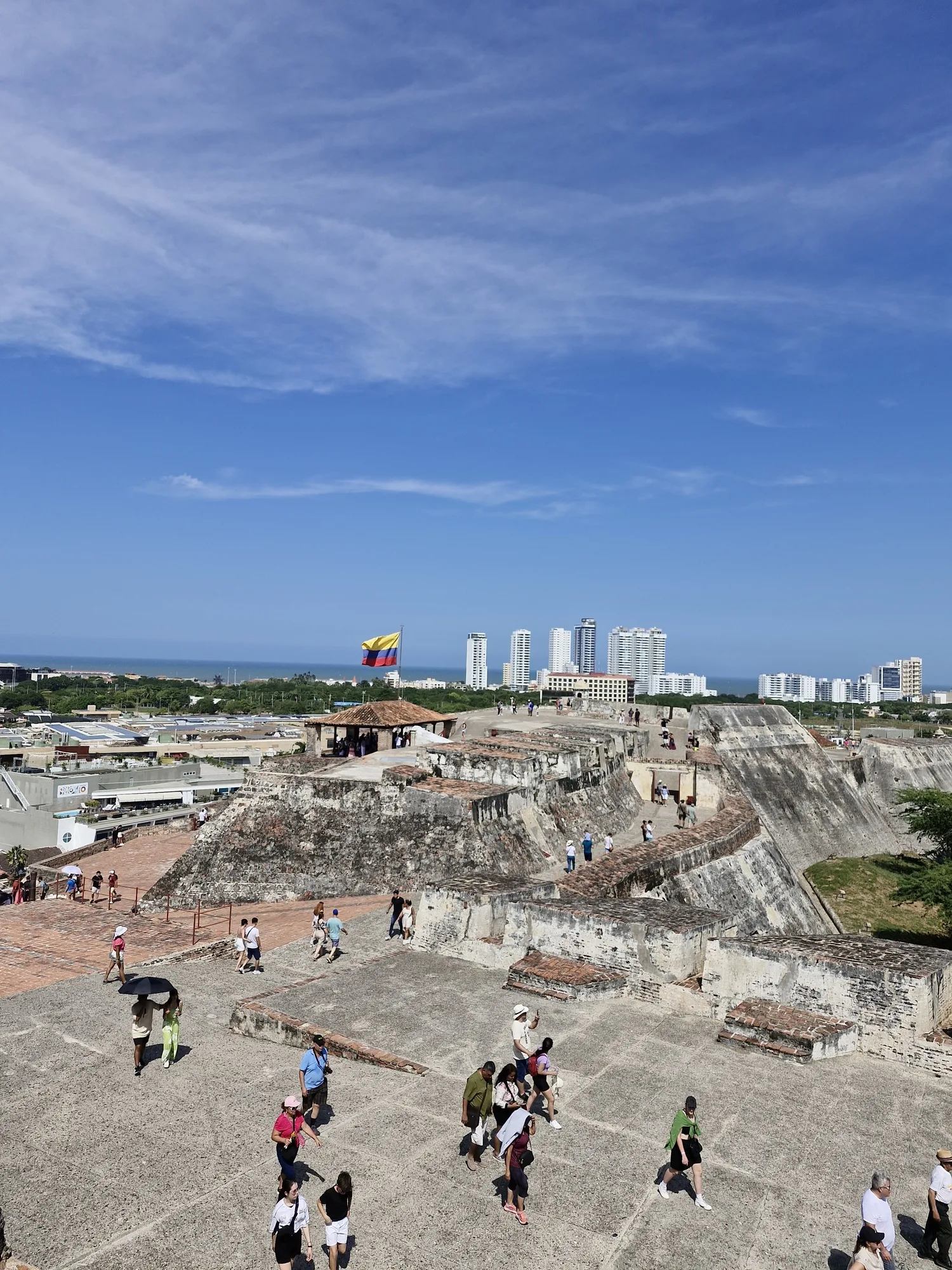
The position of the hill was important because it immediately attracted attention with its great height, it dominates the suburb of Getsemaní, the Tierra Firme gate and the Media Luna bridge, in addition to the walls and the city. For this reason, the possibility came to light that if an enemy were to occupy that hill, they would have a great strategic advantage and the city, having no way to defend itself, would fall into opposing hands.
That is to say, the first decision to build the bonnet, which was the first part of the castle to be made, was made in pursuit of the protection of the city on dry land. In the same way as the rest of the reforms that this important fort underwent, such as the loss of height of the first walled ranges, along with a slight slope at an oblique angle that would allow shots to be diverted upwards and provide stability to the wall, a false braga like strategy to confuse the attackers, the loose bridges and communication galleries, the network of underground mines that would detonate if the fort were taken, etc. In this way, San Felipe constituted the largest and most imposing fortress in South America.
At the end of the 19th century and the beginning of the 20th century, the city's fortification structures were falling into ruins because, after a certain period of time, they had lost their military usefulness and had become obsolete. Among these was the fort of San Felipe, full of weeds and with its structures already brittle. In this period a change began in which we moved from colonial to republican structures, so this part of the city began to be urbanized and several of the heroic walls that at some point protected the city were demolished.
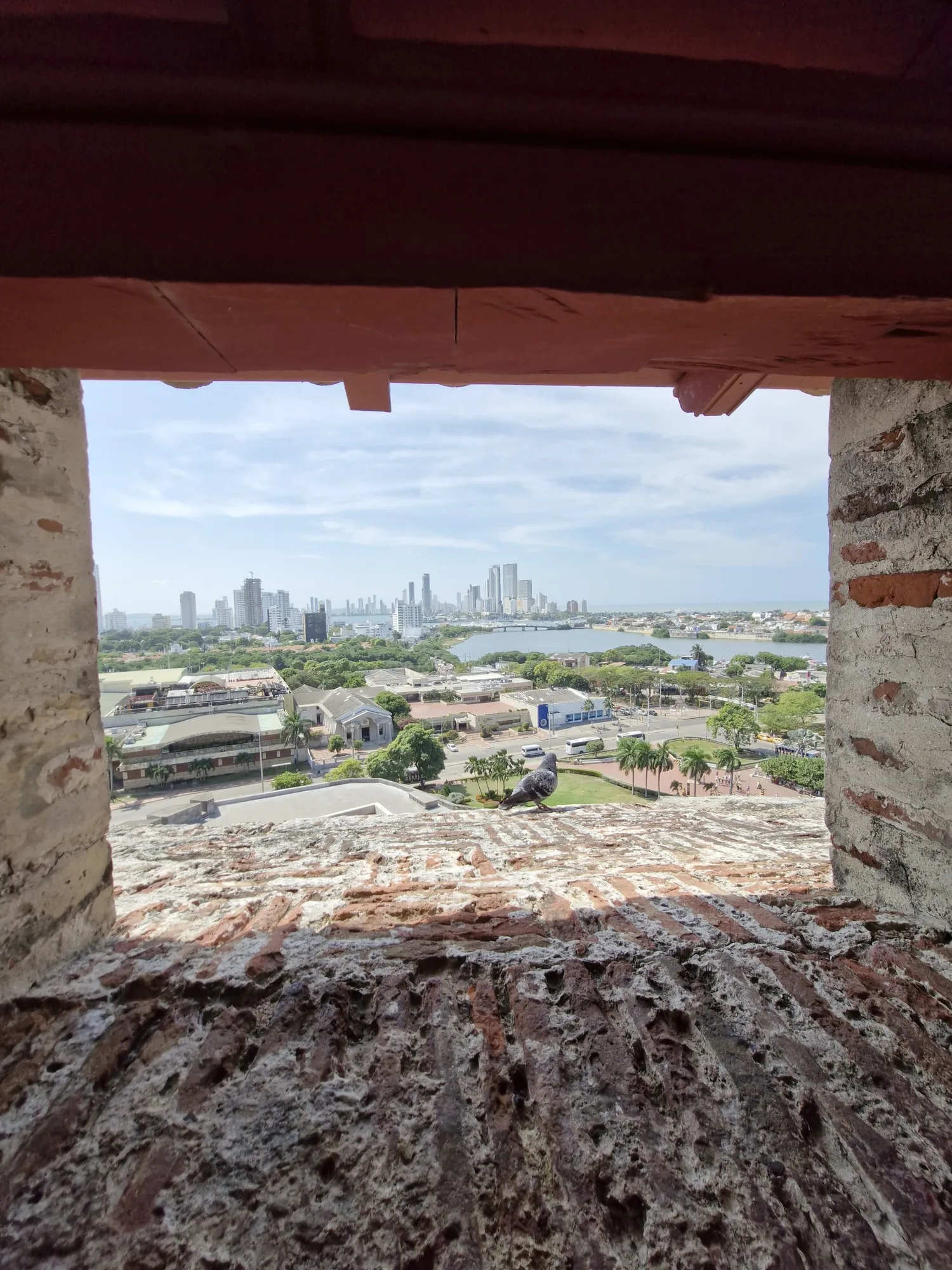
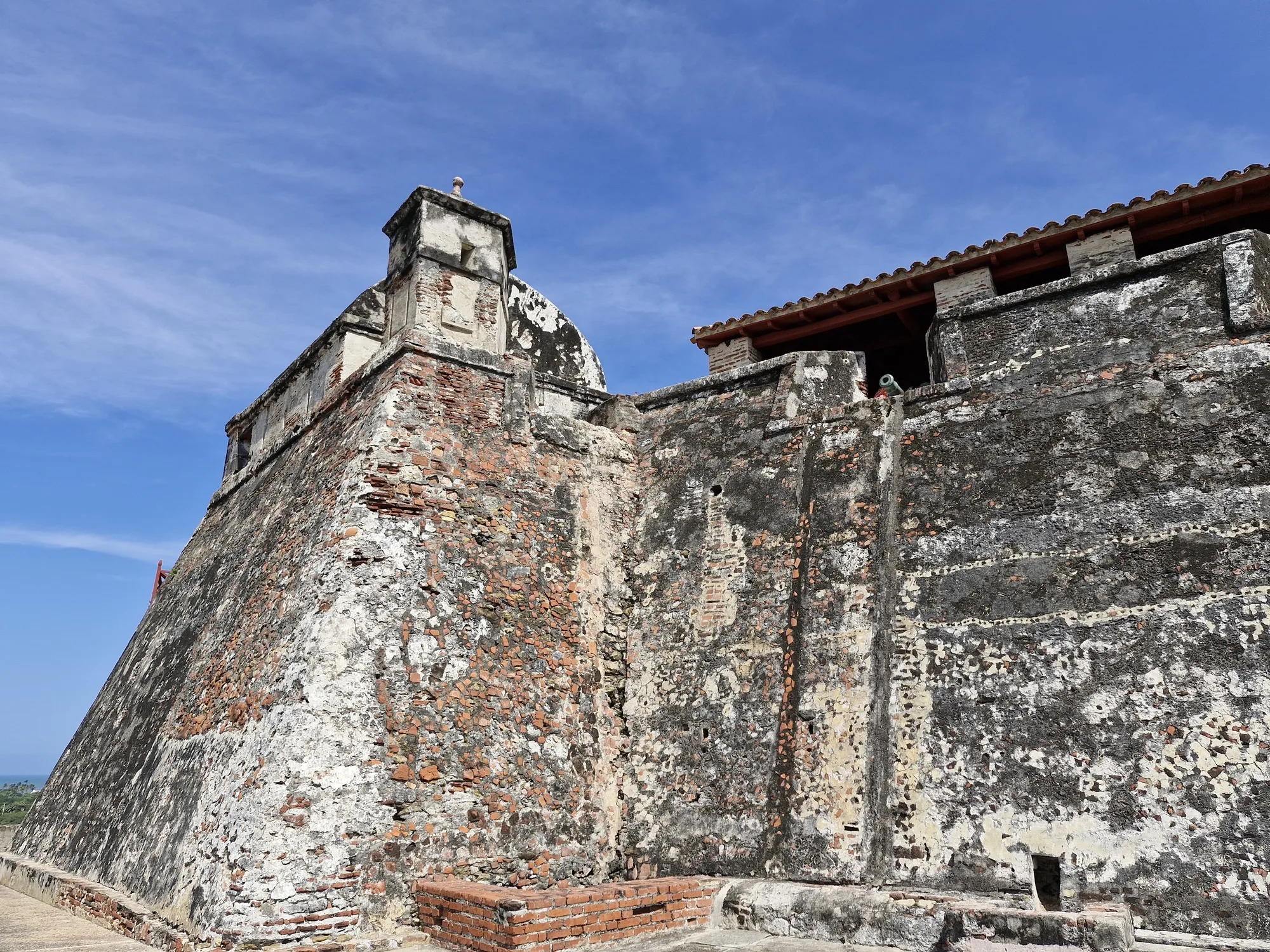
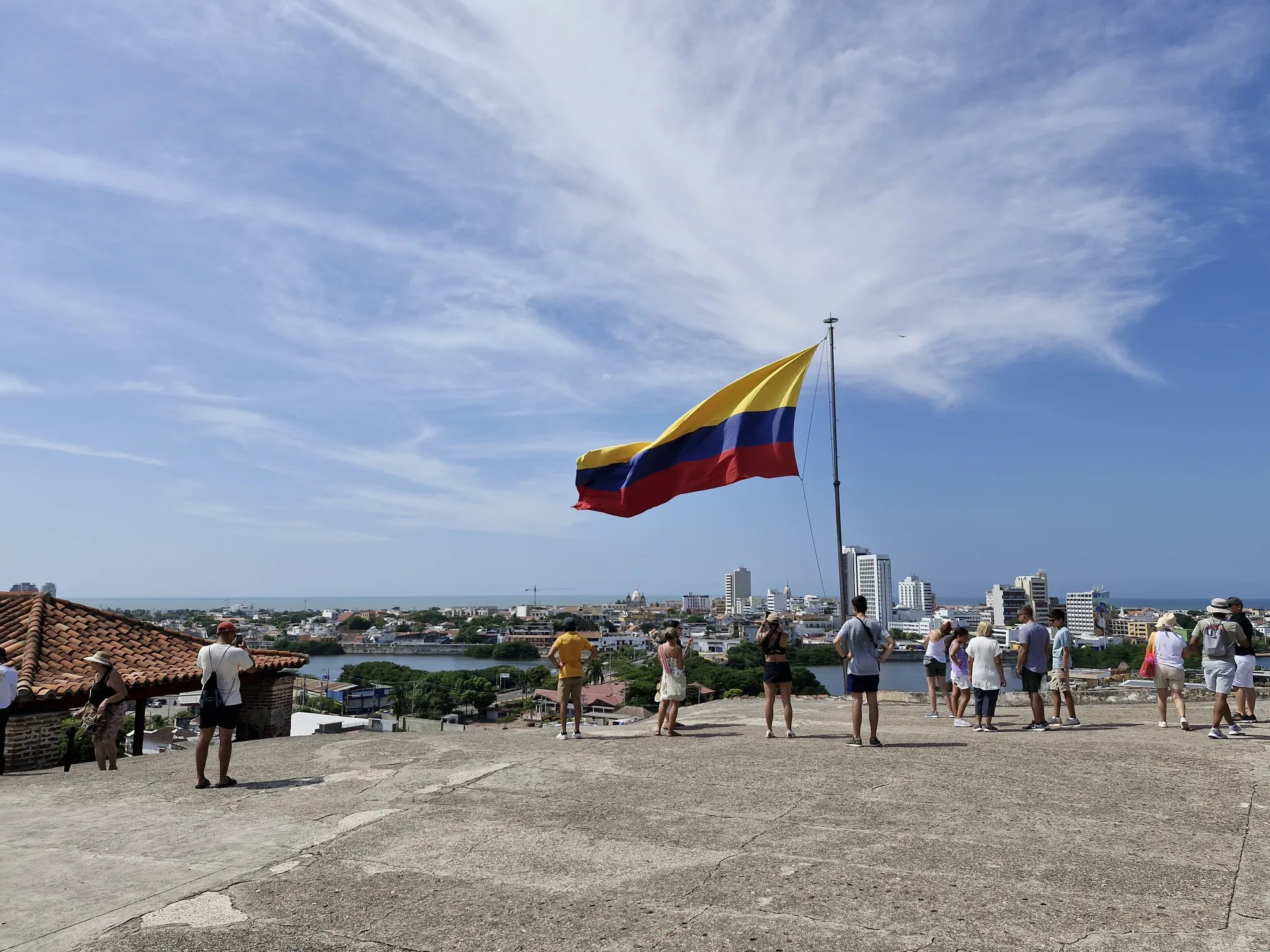
In 1928, the decision was finally made to restore (almost rebuild) the fort of San Felipe de Barajas. This fortification is completely repaired and then opened to the public. In this way, a new stage begins for Castillo San Felipe in which it will no longer have to defend itself from attacks from foreign enemies, but from locals blinded by the urban advance and from the modernity.
In 1984, UNESCO awarded the title of “World Heritage Site” to the Castillo (fort) of San Felipe, praising the military engineering architecture and arguing that the set of all its buildings is the “most complete in all of South America.” an “outstanding” work. However, a few years ago this title was hanging by a thread because this fort suffered an attack, not by pirates or privateers, but by usurers who have the same purpose of appropriating and exploiting the riches of Cartagena de Indias. This is the case of the building Watercolor, which can be seen perfectly from the top because it is located one block from the San Felipe de Barajas Fort and whose construction license should not have been granted since, as UNESCO warned, this construction impacts the universal value of the city.
Currently, the San Felipe de Barajas Fort is the main tourist site in the city and is managed by the Cartagena de Indias Workshop School. This emblematic site is a must-see for those who are fascinated by history. Tour its tunnels, walls, canyons, beautiful views and many other details that lead us to think about everything that happened there years ago and the fundamental role of this magnificent construction for the city, the country and humanity. After being a strategic-defensive place, it became ruins and later, with a lot of restoration work, it was recovered and serves as a reminder of the great battles that were fought there.
As part of the cultural and tourist activities that we organize daily for our Spanish students, at the Spanish school Nueva Lengua We visit the Castillo San Felipe, in Cartagena. So, if you are looking to explore a new country, while soaking up its culture and history and learning a new language, this is the place for you.
the spanish school Nueva Lengua It is located in Bogotá, Cartagena, Medellín and Ibagué. Check the activities and plans Tourist what we have for you in the city, or write to us on any of our social networks (@nuevalengua) for more information about our Spanish courses and cultural immersion in Colombia.
All the articles in this blog have been written by the teachers of our school and by students from different countries who traveled to Colombia to learn Spanish.
“You travel too and study Spanish in NUEVA LENGUA"
Follow us on our social networks:
RELATED VIDEOS
MEDELLÍN - GUADUAS

